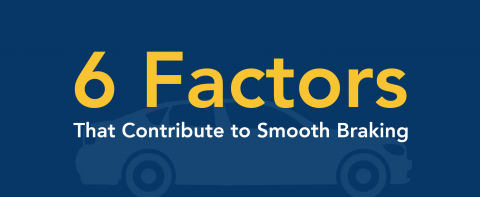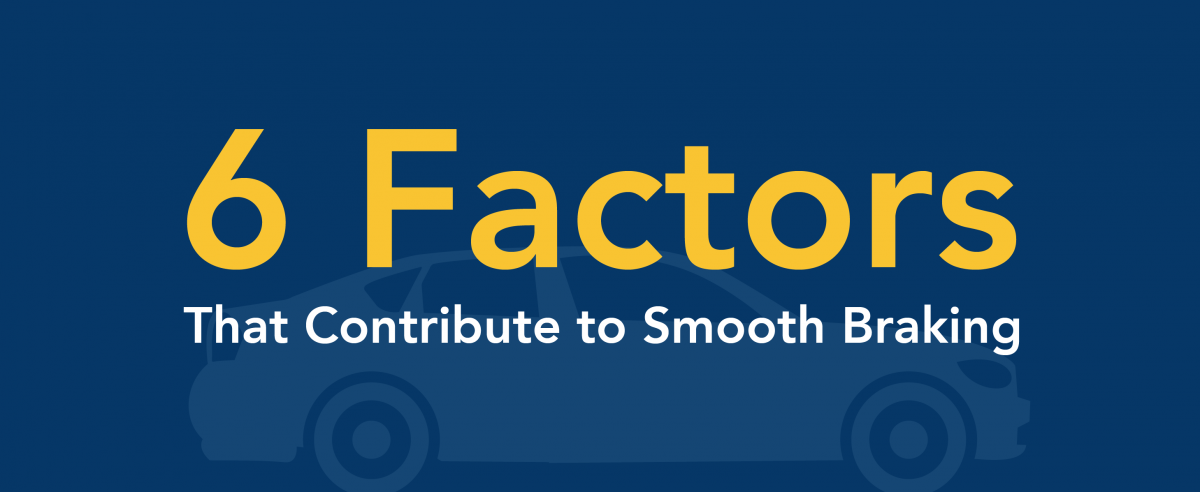
Braking is a technique worth getting right. When properly executed, braking can ensure
your safety, your passengers’ safety, and prolong the life of your vehicle. Who doesn’t
like being safe and saving money? Learn how to be most efficient when coming to those
four-way intersections. Here’s what you need to know to break smoothly and
effortlessly:
1. Scan the stopping or slowing area. It’s impossible to stop smoothly if you
cannot see the reason you need to stop until the final second. Scan ahead for
signs, signals, roadway markings, and potential hazards that you would need to
brake or stop for. Anticipate other drivers actions so that you can respond swiftly
and appropriately.
2. Squeeze the brake pedal until there is pressure or resistance. Remember
that the brake pedal is not an on/off switch. It should be one fluid movement.
When you want to come to a stop, place your foot on the pedal and gradually
increase pressure until you come to a smooth and complete stop.
3. Brake smoothly and early. Braking early is actually “on-time” in the world of
driving. You can’t expect your vehicle to come to a smooth and complete stop in
a split-second. When approaching a stop sign, depending on the conditions, you
may actually begin braking 20 or more feet before you reach the appropriate
stopping point.
4. Position your right foot in the correct position. Use your right foot and place it
in line with the right half of the brake pedal with your heel on the floor.
5. Position your left foot on the firewall for balance and support. This will allow
for optimum stability and ease when applying pressure to break with your other
foot.
6. Cover the brake when you spot potential hazards. By lifting your foot off the
accelerator and placing it over the break, you are doing two things to reduce the
risk of being involved in a crash. First, just by coming off the accelerator, you are
reducing your speed. Second, you are reducing your reaction time, which in turn
reduces your total stopping distance.
Interested in learning more from Top Driver? Click here to check out our full list of safe
driving tips.

